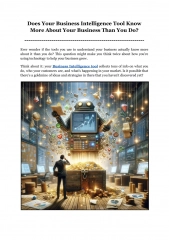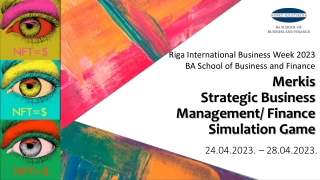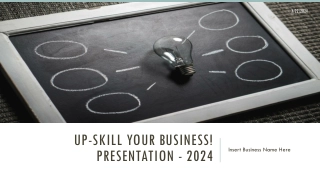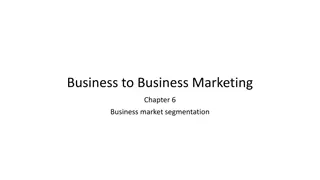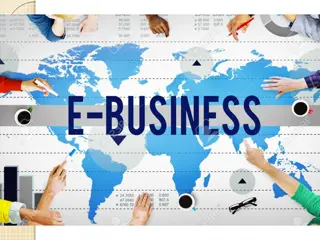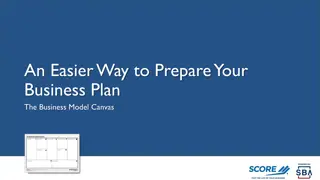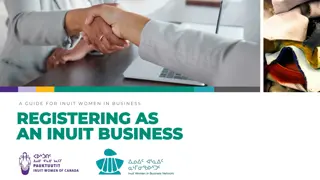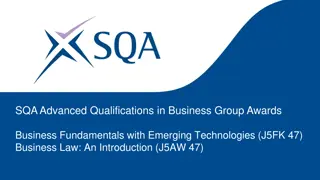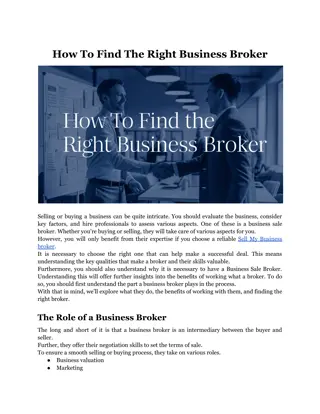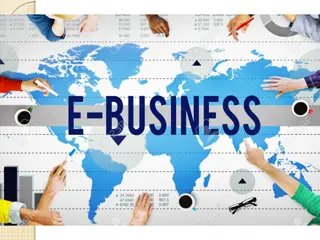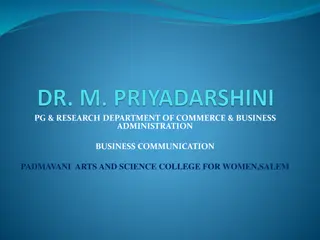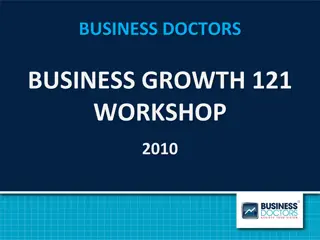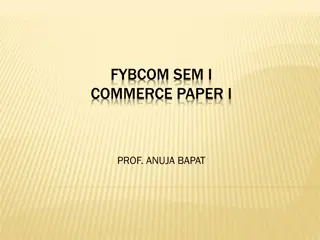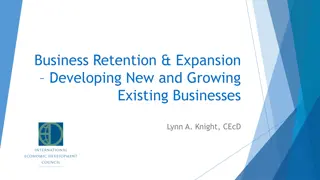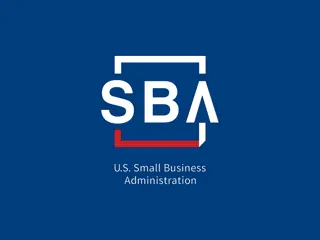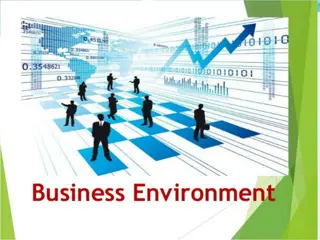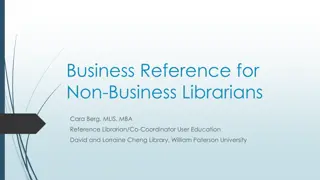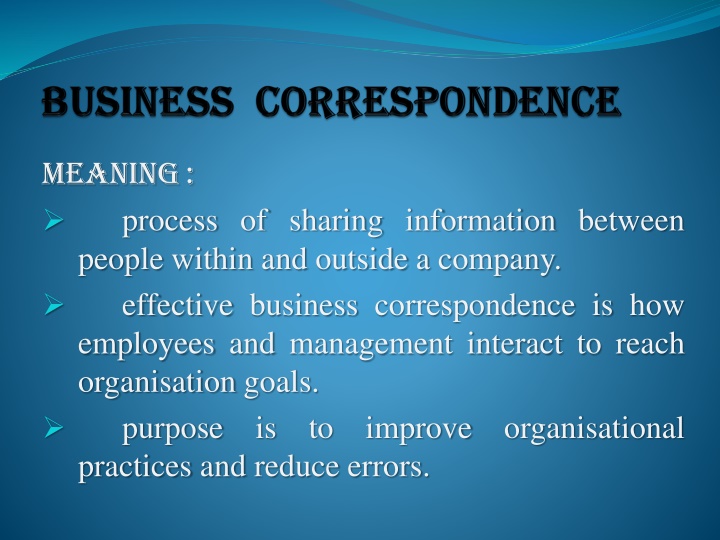
Effective Business Correspondence: Strategies and Practices
Learn about the importance of effective business correspondence in reaching organizational goals. Explore different types of correspondence, communication channels, and key elements for successful communication within and outside a company. Enhance your skills in presenting ideas, making plans, and maintaining positive relationships to aid in business expansion.
Download Presentation

Please find below an Image/Link to download the presentation.
The content on the website is provided AS IS for your information and personal use only. It may not be sold, licensed, or shared on other websites without obtaining consent from the author. If you encounter any issues during the download, it is possible that the publisher has removed the file from their server.
You are allowed to download the files provided on this website for personal or commercial use, subject to the condition that they are used lawfully. All files are the property of their respective owners.
The content on the website is provided AS IS for your information and personal use only. It may not be sold, licensed, or shared on other websites without obtaining consent from the author.
E N D
Presentation Transcript
Meaning: people within and outside a company. effective business correspondence is how employees and management interact to reach organisation goals. purpose is to practices and reduce errors. process of sharing information between improve organisational
Presenting new business ideas Making plans and proposals Maintaining cordial relationship with all parties Proofs of evidence Create and maintain positive image Convenient and inexpensive Formal Communication Assists in business expansion
Internal Correspondence 1. 2. External Correspondence 3. Sales Correspondence 4. Routine Correspondence 5. Personalised Correspondence 6. Circulars
To exchange information To develop a plan To implement a plan To facilitate policy formulation To achieve organisational goal To organise resources To coordinate To direct the subordinates To motivate employees To create consciousness of duties and responsibilities To increase efficiency To bring dynamism
1. Upward/Internal Communication 2. Downward Communication 3.Lateral/Horizontal Communication 4. External Communication 5. Grapewine 6. Consensus
Well defined objectives Contact Information Benefits Brief description Definite structure Positive approach Courtesy Coherence You-attitude Clearness Relevance Simplicity Free from Error Appropriate timing Clear concept Evaluation of the reader s position Accuracy or correctness Completeness Persuasion Use of simple language
Letter-Head(Heading) Date Inside Address Attention line Saluation Subjectand Reference Body or Substance of the Letter Complimentaryclose Signature Enclosure



